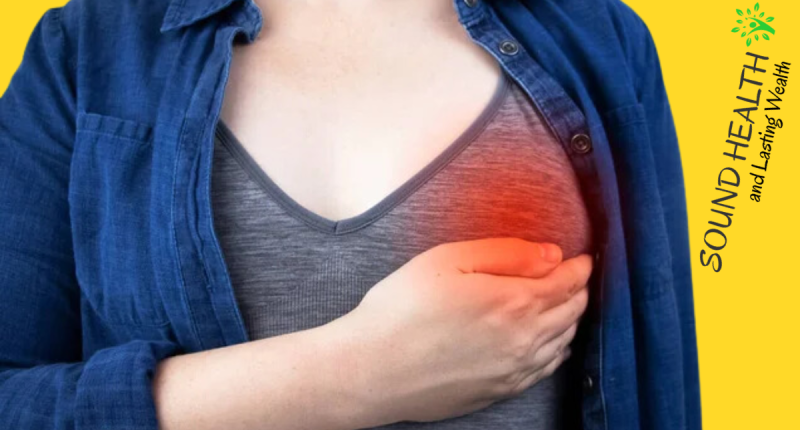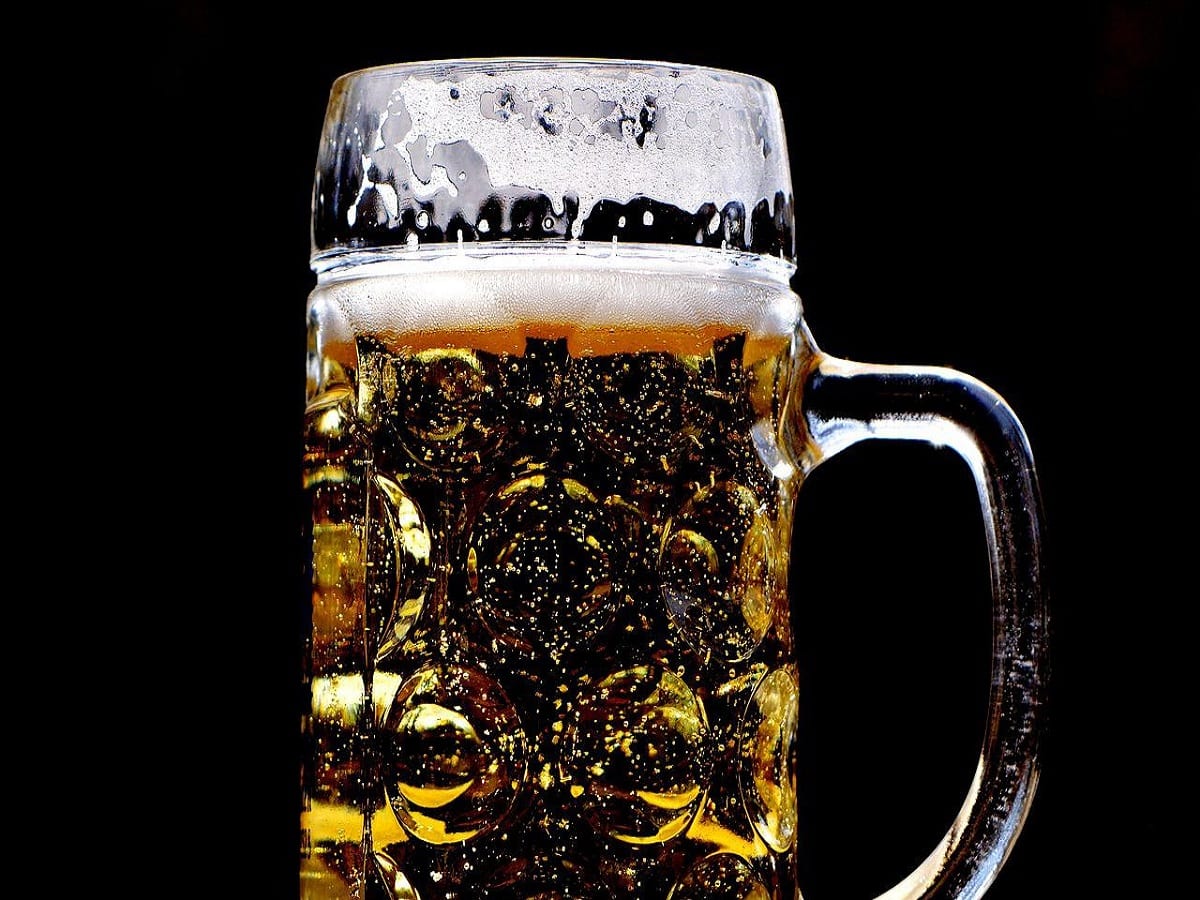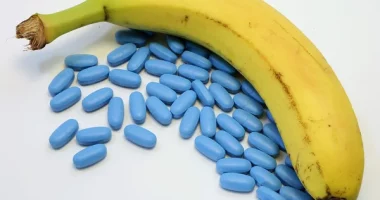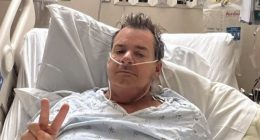Experiencing sharp pains in the breast that come and go? In this informative article, know why this happens and what you can do about it.
Dealing with unexplained pains in the breast that seem to appear and disappear can be worrisome. While it’s natural to be concerned, it’s essential to gain a deeper understanding of the reasons behind these sensations. In this article, we’ll explore ten potential causes of sharp pains in the breast that come and go. Whether you’re looking for insights based on personal experiences or seeking credible information, you’re in the right place.
1. Muscular Strain
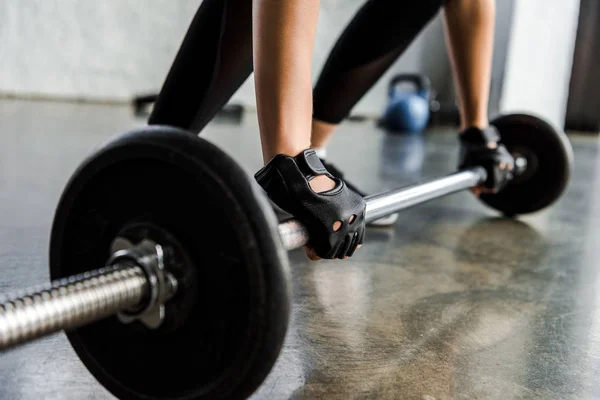
When we think of muscular strain, we often associate it with the muscles in the back, legs, or arms. However, the chest area also contains muscles, such as the pectoral muscles, that play a crucial role in various upper body movements. These muscles are responsible for actions like pushing, pulling, and lifting.
When these chest muscles are subjected to excessive or repetitive strain, such as during strenuous workouts or activities that involve heavy lifting, they can become fatigued and overloaded. This muscle overload can lead to muscle tension, micro-tears in the muscle fibers, and inflammation. The inflammation and tension in the chest muscles can then radiate discomfort to adjacent areas, including the breasts.
The breast tissue itself is positioned on top of the pectoral muscles. So, when these muscles are strained, the discomfort can be felt in the breast area due to their close proximity. The pain might not always be sharp and can vary in intensity. It’s also worth noting that pain from muscular strain tends to be exacerbated by movement or certain positions.
2. Pregnancy
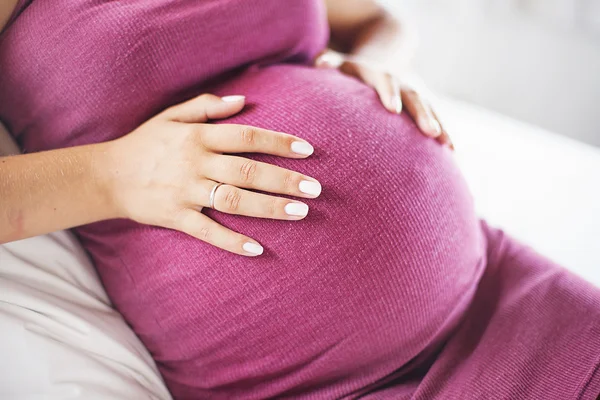
During pregnancy, a woman’s body undergoes remarkable changes to accommodate the growing fetus. One of the earliest signs of pregnancy-related breast changes is breast tenderness and pain. This tenderness is largely attributed to the surging hormone levels, particularly estrogen and progesterone.
In the early stages of pregnancy, these hormones work together to stimulate the growth and development of the mammary glands in preparation for breastfeeding. This process can cause the breasts to become fuller, heavier, and more sensitive. As the mammary glands enlarge, they can put pressure on nerve endings in the breast tissue, resulting in sensations of tenderness and pain.
The hormonal changes don’t stop there. As pregnancy progresses, the body continues to produce higher levels of hormones to support the health and development of the baby. While these hormonal shifts are essential for the successful progression of pregnancy, they can also contribute to ongoing breast discomfort.
3. Hormonal Fluctuations: Fibrocystic Breast Changes
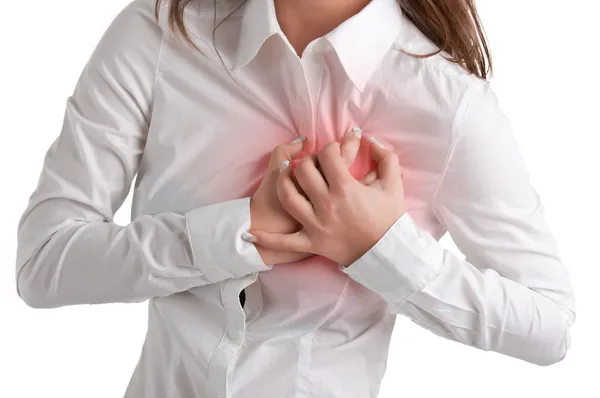
Fibrocystic breast changes are a common condition that involves the development of lumps, cysts, and increased fibrous tissue in the breast. These changes are often influenced by hormonal fluctuations that occur during the menstrual cycle. While fibrocystic changes are typically benign and not linked to an increased risk of breast cancer, they can lead to discomfort, tenderness, and pain.
One of the main ways fibrocystic changes cause breast pain is through the fluctuation in hormone levels. During different phases of the menstrual cycle, hormone levels, particularly estrogen and progesterone, vary. These hormonal shifts can cause the breast tissue to become engorged, swollen, and sensitive. The increased fluid retention and tissue swelling can put pressure on nerve endings in the breast, resulting in pain that might feel sharp or tender.
The cysts that form as part of fibrocystic changes can also contribute to pain. These fluid-filled sacs can vary in size and may expand and contract based on hormonal changes. As they enlarge, they can cause stretching of the surrounding tissue and trigger discomfort.
It’s worth noting that the pain associated with fibrocystic breast changes is often cyclical and tends to be more pronounced in the days leading up to menstruation. Once menstruation occurs and hormone levels stabilize, the discomfort usually subsides.
Don’t miss: Hormonal Imbalance In Women: Causes, Symptoms And Health Risks
4. Ill-Fitting Bras
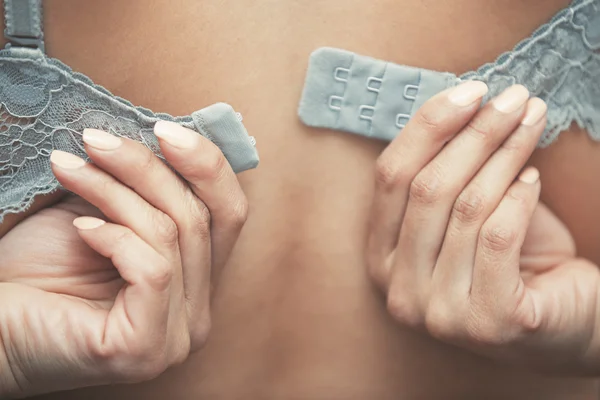
Wearing bras that don’t fit properly can put pressure on breast tissue, leading to pain. A bra that is too tight can restrict blood flow and cause pain that come and go, while a bra that is too loose can provide inadequate support and cause the breasts to sag and pull on the skin, also leading to pain.
Here are some of the signs that your bra might be ill-fitting:
- The straps are digging into your shoulders.
- The band rides up in the back.
- The cups are too small or too big.
- The cups are gapping at the top or bottom.
- You have to adjust your bra throughout the day.
- Your breasts are sore or tender.
It’s crucial to ensure that you’re wearing the right bra size to minimize the risk of breast pain and discomfort. To find the correct bra size, consider getting a professional fitting at a lingerie store.
5. Costochondritis
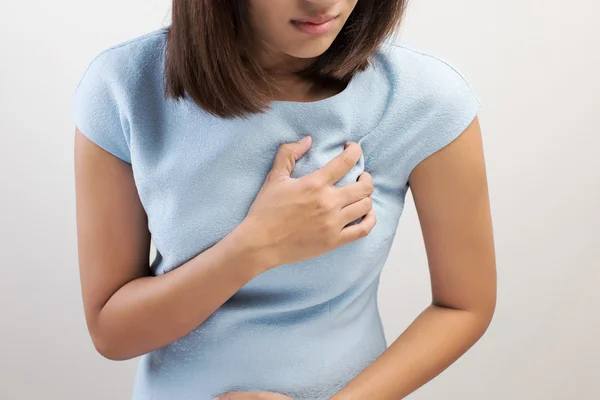
Costochondritis is an inflammation of the cartilage that connects the ribs to the breastbone. It can cause sharp, fleeting chest pain that mimics heart-related discomfort, which can sometimes be mistaken for breast pain. However, costochondritis does not usually cause breast tenderness or other symptoms of breast problems, such as nipple discharge or changes in the shape of the breast.
6. Stress and Anxiety

Stress and anxiety have been known to affect various bodily functions, including those related to pain perception and muscle tension. When a person is stressed or anxious, their body can release stress hormones like cortisol, which can lead to muscle tension and changes in blood flow.[1]
In the context of breast pain, stress-induced muscle tension can affect the chest muscles, including those around the breasts. This tension can sometimes be perceived as breast pain or discomfort.
7. Hormone Replacement Therapy (HRT)
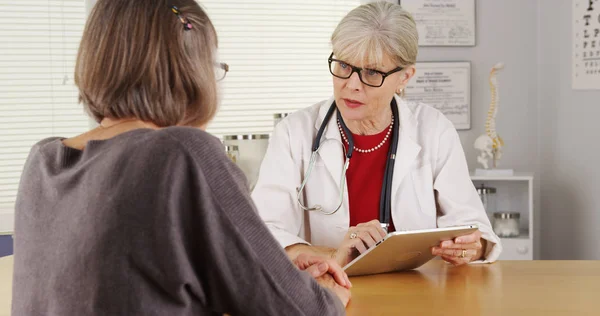
Hormone Replacement Therapy (HRT) can sometimes cause breast pain or tenderness as a side effect. HRT involves the use of medications that contain hormones (such as estrogen and progesterone) to help alleviate symptoms of menopause or hormonal imbalances. Breast pain, also known as mastalgia, is a potential side effect of HRT, especially during the initial stages of treatment when the body is adjusting to the hormonal changes.
The breast pain experienced with HRT is often similar to the breast pain that some women experience during their menstrual cycles, when hormonal fluctuations are common. This discomfort can range from mild to moderate and usually resolves as the body adapts to the hormonal therapy. However, if the pain is severe, persistent, or causing significant discomfort, it’s important to consult a healthcare professional. They can evaluate whether the pain is indeed related to HRT or if there might be another underlying cause that needs attention.
It’s worth noting that not everyone who undergoes HRT will experience breast pain, and the degree of discomfort can vary from person to person.
RELATED: Hormonal Therapy For Stage 4 Breast Cancer: All You Need To Know
8. Caffeine Sensitivity

Caffeine is a natural stimulant found in coffee, tea, chocolate, and various energy drinks. For some people, consuming caffeine may lead to breast pain symptoms.
Caffeine sensitivity varies widely among individuals. Some people are more sensitive to caffeine than others, and even a small amount of caffeine can trigger symptoms in certain cases. Breast pain or tenderness can be one of the symptoms experienced by individuals who are sensitive to caffeine. This discomfort is often described as a dull ache or soreness in the breasts.
The exact mechanism by which caffeine might contribute to breast pain isn’t fully understood, but it’s thought to be related to the stimulant’s impact on blood vessels and hormonal fluctuations. Caffeine can temporarily cause blood vessels to constrict, which might lead to reduced blood flow and potentially contribute to breast discomfort.
9. Menstruation
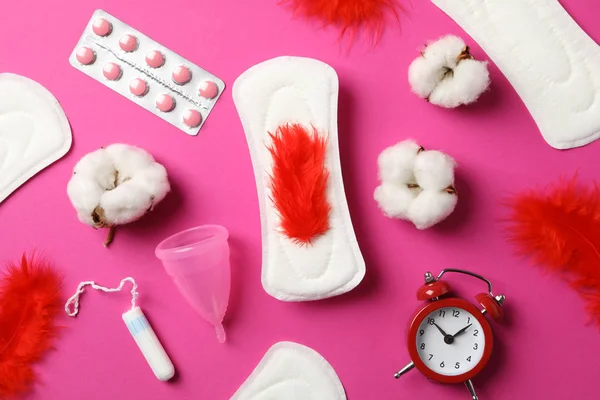
This type of breast discomfort is often referred to as “cyclical breast pain” or “cyclical mastalgia.” It occurs as a result of hormonal changes that take place during the menstrual cycle.
The menstrual cycle is regulated by hormonal fluctuations, particularly estrogen and progesterone. As the menstrual cycle progresses, estrogen levels increase, leading to the growth and development of the milk ducts in the breasts. This can cause the breasts to become fuller and more sensitive. Additionally, during the second half of the menstrual cycle, progesterone levels rise, which can further contribute to breast swelling and discomfort.
Cyclical breast pain typically occurs in the days leading up to menstruation (the luteal phase of the cycle) and may continue until the start of the menstrual period. The pain is often described as a dull ache or soreness and may be more pronounced in the outer areas of the breasts. It’s a normal physiological response for many people and usually subsides as the menstrual period begins.
While cyclical breast pain is usually not a cause for concern, any new or sudden changes in breast pain, lumps, or other unusual symptoms should be discussed with a healthcare professional. It’s important to differentiate between normal cyclical changes and potential signs of a more serious condition.
If the breast pain becomes severe, interferes with daily activities, or persists throughout the menstrual cycle, a healthcare provider can help determine the underlying cause and provide appropriate recommendations for management and relief.
RELATED: 5 Bad Menstrual Hygiene Habits That Are Causing You Infection
10. Breast cancer
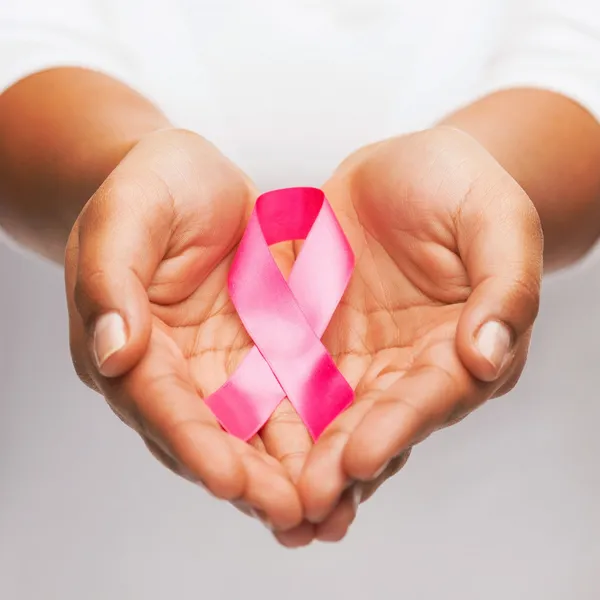
Breast cancer does not usually cause breast pain. In fact, breast pain is not a common symptom of breast cancer. Only about 10% of women with breast cancer experience breast pain.
When breast cancer does cause pain, it is usually a dull ache or tenderness that is felt in one breast. The pain may be worse when you press on the breast or move your arm. The pain may also be worse during your period.
Other symptoms of breast cancer can include:
- A lump in the breast or armpit
- Dimpling of the skin
- Nipple discharge
- Changes in the shape or size of the breast
- A rash or redness on the breast
11. Infection or Mastitis

Mastitis is a breast infection that can cause pain, redness, swelling, and warmth in the breast. It is most common in breastfeeding women, but it can also occur in women who are not breastfeeding.
Mastitis is caused by bacteria that enter the breast through the nipple. This can happen if the nipple is cracked or sore, or if there is a buildup of milk in the breast.
The bacteria can also enter the breast through the bloodstream. This is more likely to happen in women who have a weakened immune system, such as women who are taking steroids or who have diabetes.
The symptoms of mastitis usually develop suddenly and can be quite severe. They include:
- Pain in the breast, usually only on one side
- Redness and warmth in the breast
- Swelling of the breast
- Warmth to the touch
- Fever
- Chills
- Fatigue
- A lump in the breast
- Nipple discharge
Here are some tips to help prevent mastitis:
- Wash your hands often, especially before and after breastfeeding.
- Make sure your baby’s latch is good. A good latch will help to prevent milk from getting trapped in the breast.
- Empty your breasts frequently. This will help to prevent milk from getting backed up.
- If you have cracked or sore nipples, treat them with a warm compress or lanolin.
- If you are taking antibiotics, finish the full course of treatment, even if your symptoms improve.
Conclusion
Experiencing sharp pains in your breasts that come and go can be distressing, but understanding the potential causes can offer reassurance. While many of these reasons are benign, it’s always a good idea to consult a healthcare professional if the pain persists or is accompanied by other concerning symptoms.
FAQs
Q1: Can sharp breast pains indicate a serious medical condition?
A: While many causes of sharp breast pains are benign, it’s essential to consult a healthcare professional if you experience persistent or worsening discomfort, or if you notice any unusual changes in your breasts.
Q2: Should I be worried if I only experience occasional sharp breast pains?
A: Occasional sharp pains can be due to various factors, most of which are not a cause for concern. However, if you’re unsure or concerned, it’s best to seek medical advice for peace of mind.
Q3: How can I differentiate between normal breast pain and something more serious?
A: Normal breast pain is often linked to hormonal changes or physical strain and tends to improve over time. If the pain is severe, persistent, accompanied by unusual symptoms, or interferes with daily life, it’s wise to consult a healthcare professional.
Q4: Can lifestyle changes help alleviate sharp breast pains?
A: Yes, making certain lifestyle adjustments such as reducing caffeine intake, wearing supportive bras, managing stress, and maintaining proper posture can help minimize breast discomfort.
Q5: When should I seek medical attention for breast pains?
A: If you experience persistent or worsening pain, notice changes in breast appearance, detect lumps, or have concerns about your breast health, it’s recommended to schedule a medical evaluation.
Q6: Is it common to experience breast pains during menopause?
A: Yes, hormonal changes during menopause can lead to breast discomfort, including sharp pains. If the pain is severe or disrupts daily life, consult a healthcare provider.
